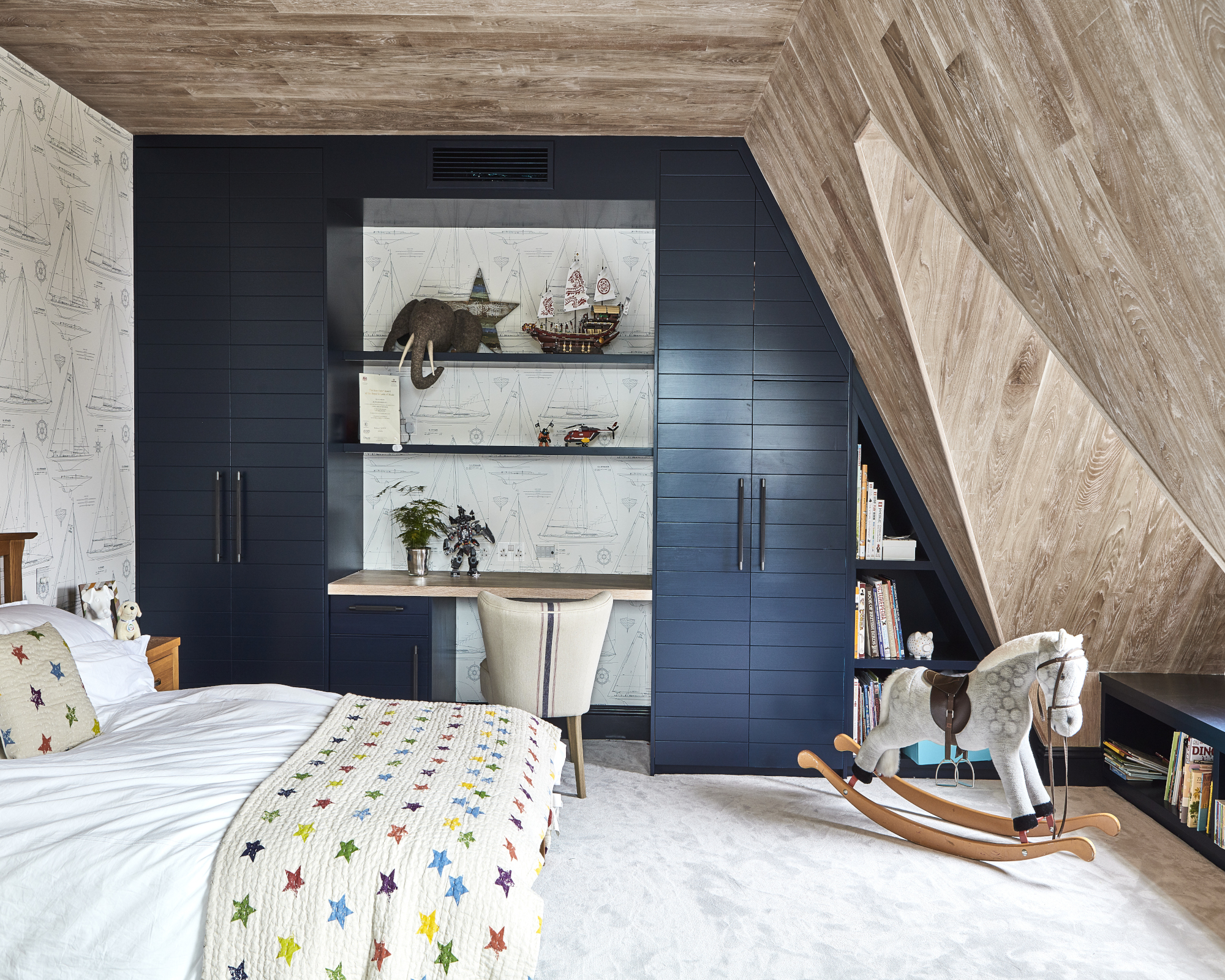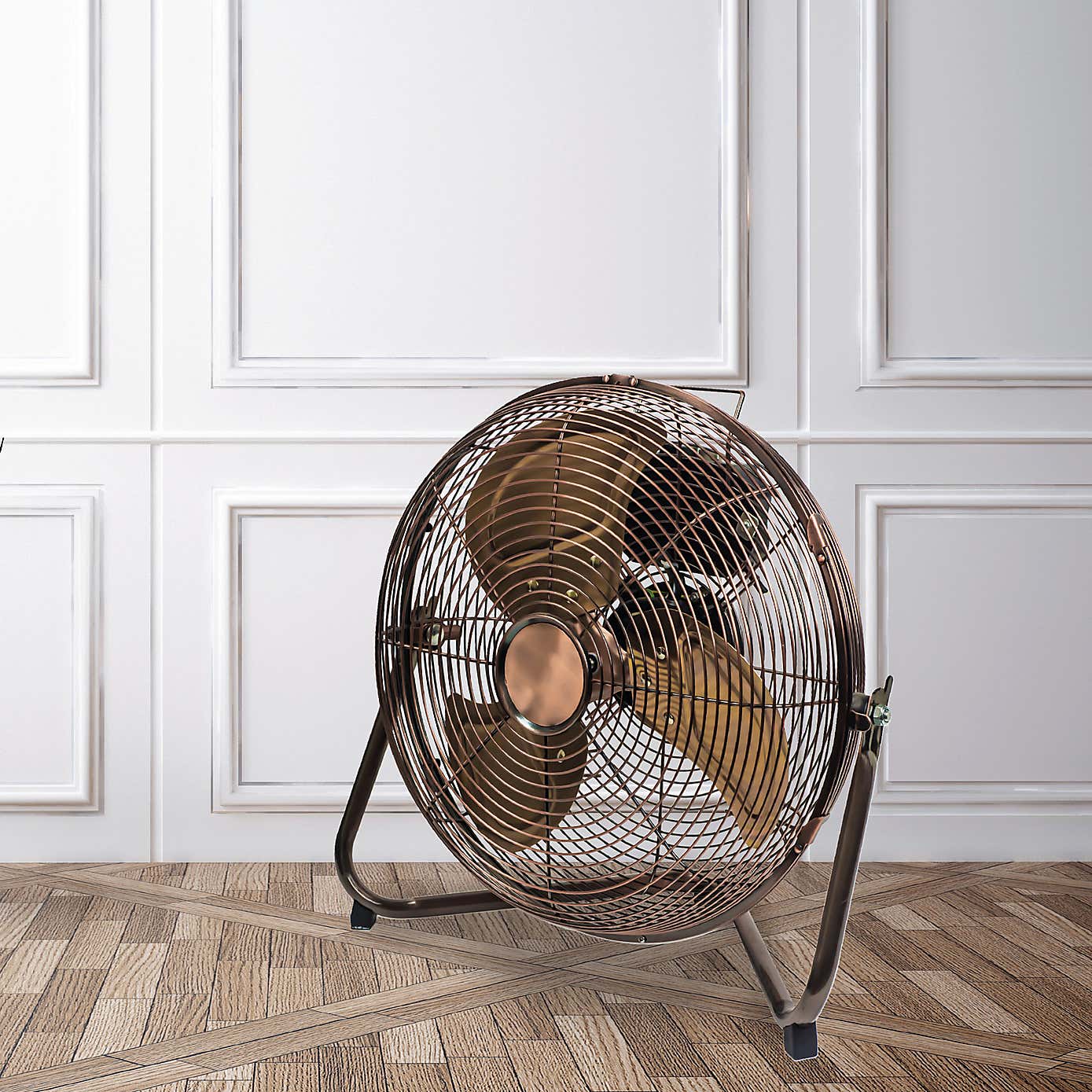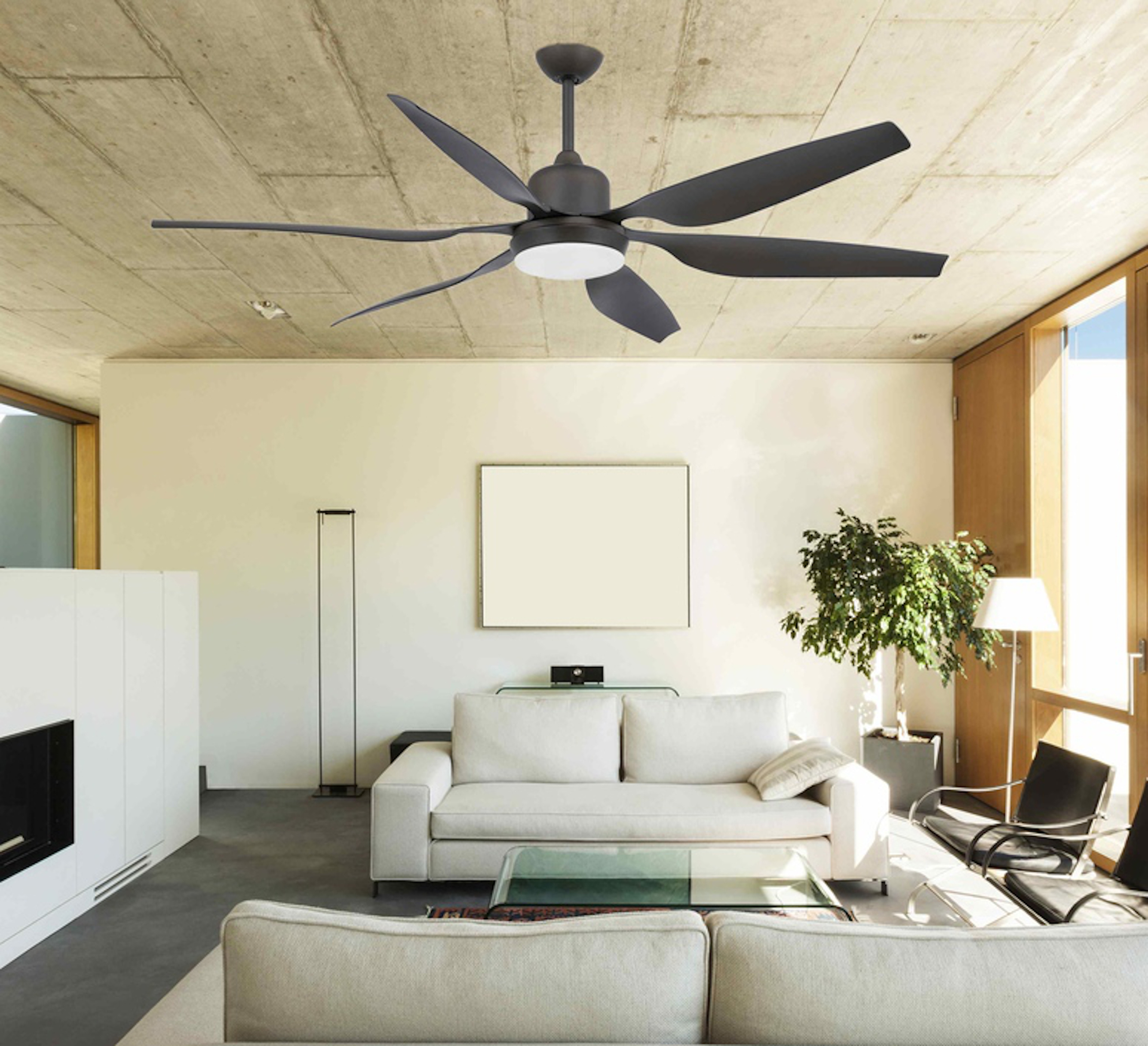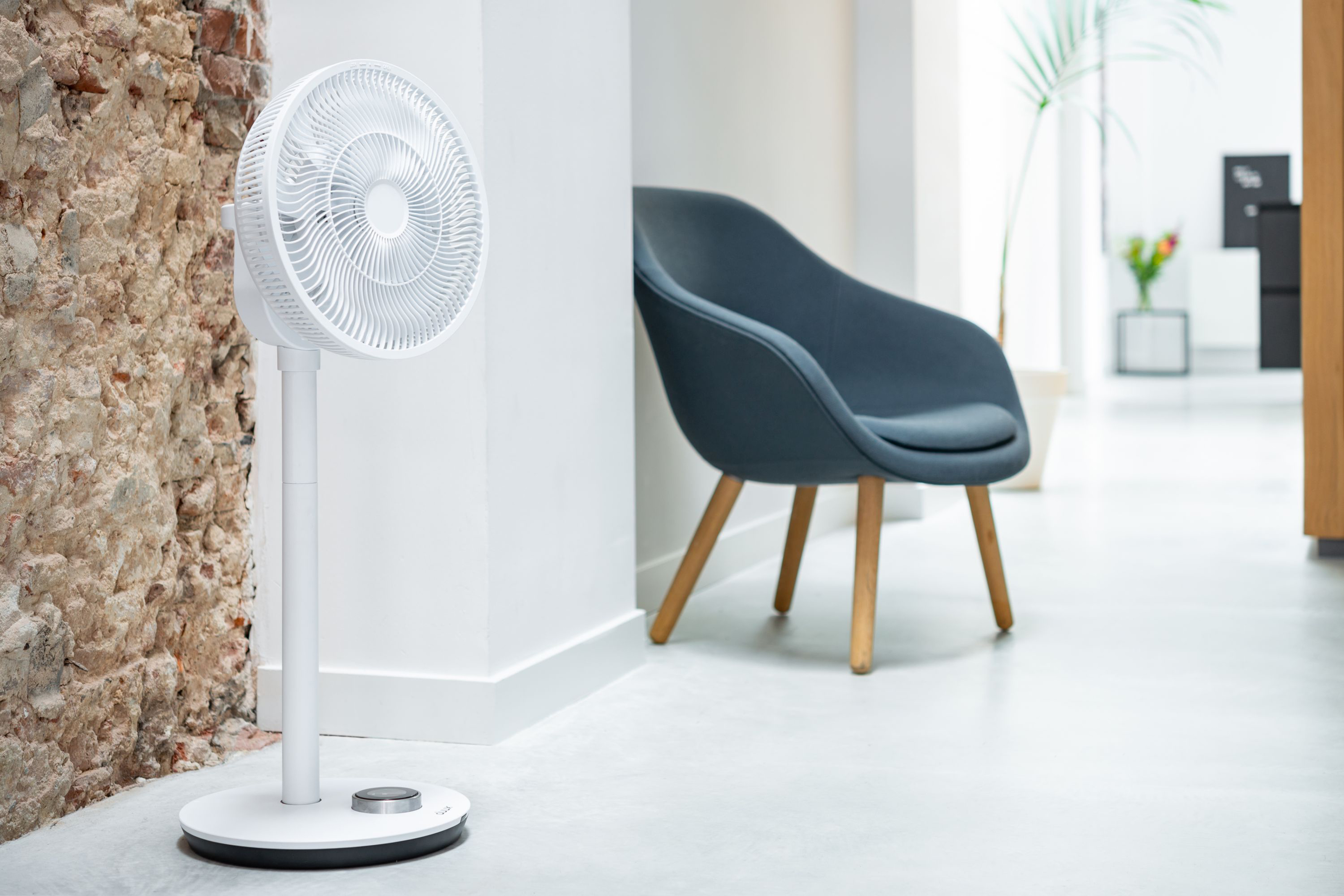
When it's hot out and the sun is beating down, it's often the attic rooms in the house that suffer most. With heat rising to the top of your home, and your roof absorbing the sunlight's warmth, you'll find these spaces are often near unusable when the mercury rises — maybe less of a problem if it's just a storage space, but if it's a room you want to use, it's less ideal.
Did you also know that an overheated attic could lead to many problems including a damaged roof and high energy bills? Well, if you didn't now you do. So let's figure out how to take care of this. 'Overheating is dangerous because it can cause damage to the roof materials and the structure,' says HVAC expert Brad Roberson, from heating company Aire Serv. 'The warmer the home, the harder the heating, ventilation, and air conditioning system has to work to cool it, which means additional wear on the HVAC system that can break down parts faster. Plus, high humidity levels can lead to mold growth.'
If you want to keep your attic at a comfortable temperature this summer, here's how to cool down a room so it's more useable, according to experts.
How can I lower my attic's temperature in summer?
There are a few things you'll need to know about cooling down these spaces. Some require changes to your home's actually fabric, so aren't quick and easy changes to make today; however, we've also pulled together a few tips for helping control your attic's temperature now.
1. Ensure you've got the right insulation

In order to cool down a room in your home during the warmer seasons, it's important to have proper insulation to reduce the amount of heat that comes into your attic room.
Justin Cornforth, the CEO at Ace Plumbing, a company that offers plumbing, HVAC, and electric services tells us: 'Attic insulation is key. Many people think that insulation is only about keeping home warm in winter but it’s a huge misconception. Insulation acts as a barrier between the outdoors and your home, and it is just as important in summer as it is in winter.'
To improve your attic insulation, Justin says you should 'add insulation materials like fiberglass batts or spray foam to the attic floor and between the rafters. Pay particular attention to areas around vents, pipes, and wiring, as these are common sources of air leaks. Use caulk or expanding foam to seal gaps and cracks to prevent air from escaping.'
HVAC expert Brad Roberson, from heating company Aire Serv agrees: 'Make sure the attic has the correct amount of insulation. That will help keep heat out. Attic ventilation is also important. Homeowners should check to ensure the attic ventilation system is working properly and the fans and vents don’t have any damage or nests. Encapsulation is among the most effective and energy-efficient options for regulating attic temperatures.'
2. Combine attic fans and ridge vents

You can also use a fan to cool down a room. 'Attic fans and ridge vents are also important for maintaining a comfortable temperature in the attic,' Justin says. These handy little tools actually improve air circulation and in turn, 'helps remove hot air and bring in cooler air'.
For better efficiency, Justin recommends 'installing both attic fans and ridge vents to create a continuous airflow, ensuring that hot air is effectively vented out and cooler air is drawn in'.
Check out some of these stylish fans
Price: $328.99
Was: $369.99
Features: Air Multiplier technology, Powerful, amplified airflow, Remote Control, Preset run time and Smooth oscillation
Price: $99
Was: $199
Features: Integrated LED, Slop ceiling compatible, Fan control with remote
Price: $79.97
Was: $89.99
Features: Sleep mode, Turbo silent technology, 4 different fan modes, fast wind speeds
3. Add a ceiling fan

As for the attic, if you've transformed your attic into an extra room, Justin says 'you may want to take additional measures to feel more comfortable spending time there'.
'One of the simplest yet most energy-efficient ways to lower the temperature in the attic is to install a ceiling fan,' he adds.
Ceiling fans won't cool down a room per se, but they can make it feel cooler for anyone using the room by moving the hotter air away from your skin, displacing with a slightly cooler air. However, for ceiling fans, it is essential that it is rotating in the right direction. In the warmer months, it's best if ceiling fans are set to move counter-clockwise, as this will create a downdraft that helps with the air movement and can therefore add a cooling sensation into a space.
FAQS
Some tips on keeping an attic cool

Brad Roberson from Aire Serv tells us: 'Having radiant barrier installed can reduce attic temperatures, Improve the insulation with high-quality insulation, enhance the attic ventilation to promote airflow and the removal of hot air'.
Brad says this can be done by ensuring vents, ridge vents and attic and attic fans are properly installed. He also recommends you seal any cracks and gaps in the attic.
What are the dangers of an attic that is not properly ventilated?
'Overheating is dangerous because it can cause damage to the roof materials and the structure,' Brad says. 'The warmer the home, the harder the HVAC system has to work to cool it, which means additional wear on the HVAC system that can break down parts faster. High humidity levels can lead to mold growth'.
If you're looking to keep your attic at a comfortable temperature this summer, then be sure to follow the methods listed above by our experts.
Learning how to cool down a room is important for your home and health — so keep an eye out for those often forgotten places like your attic this summer season.







